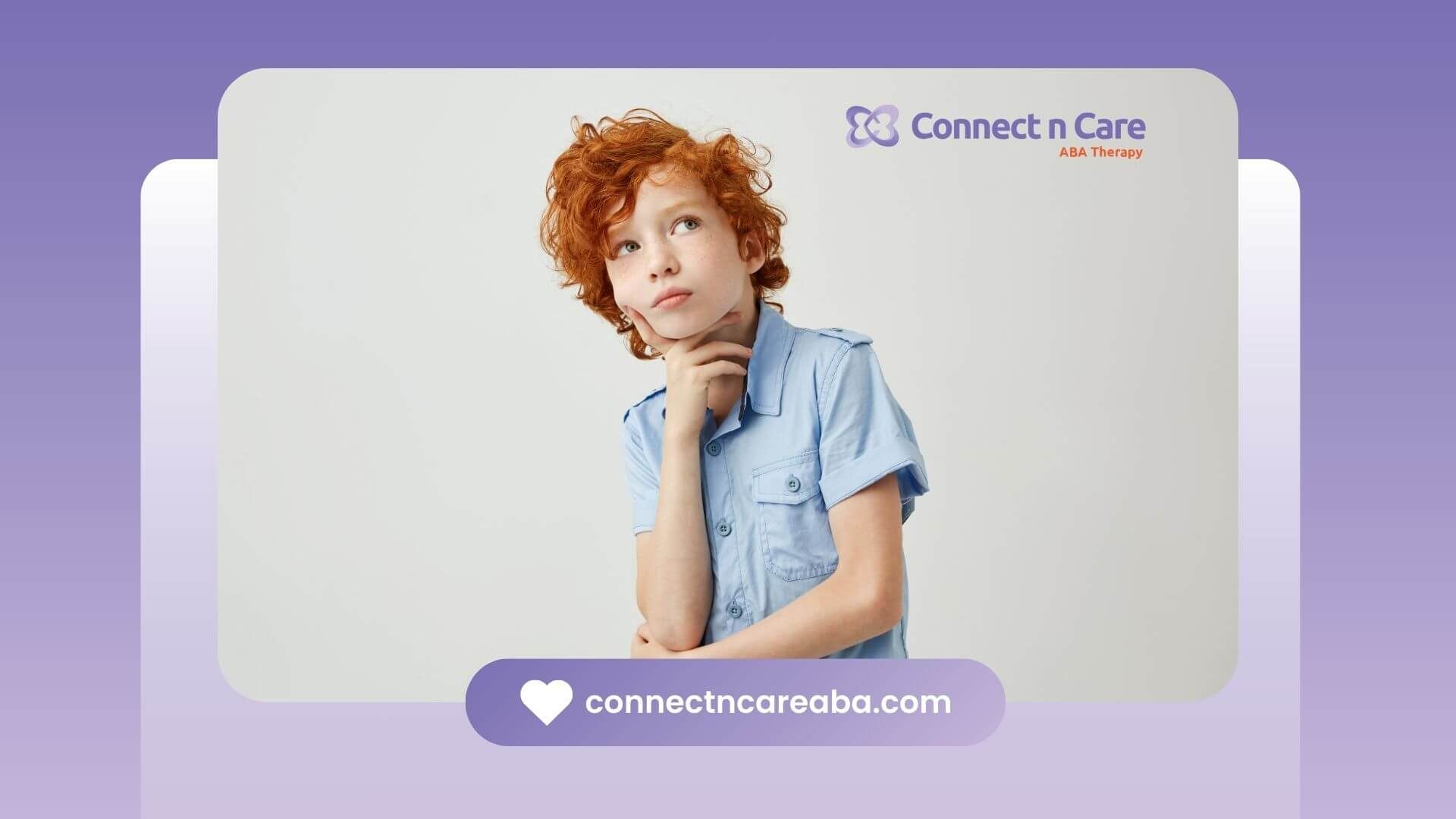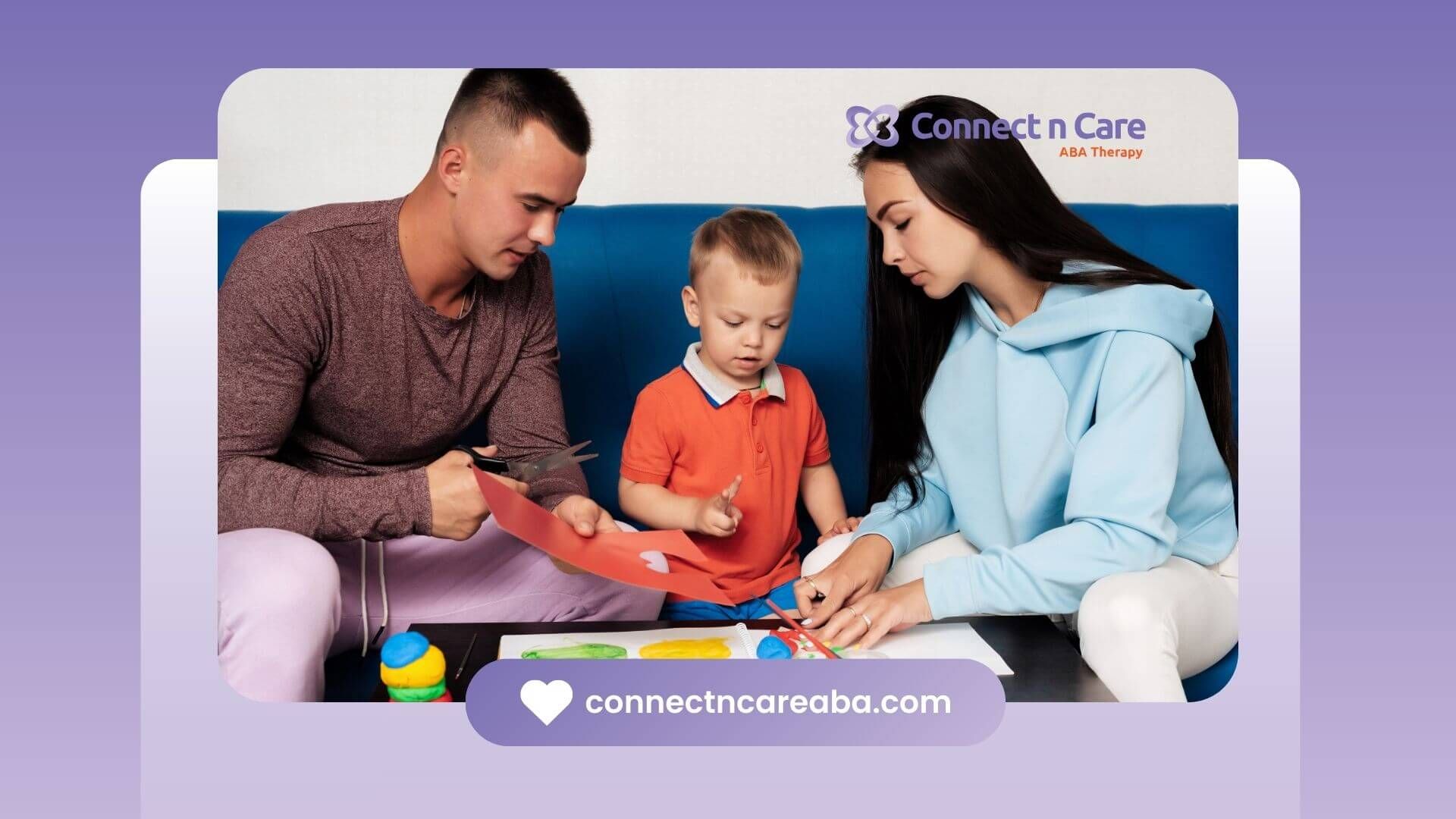Understanding Rigidity in Autism
Understanding how rigidity shows up in folks with autism matters big time for helping them out. Rigidity in autism ain't just a fancy term; it's basically a roadblock popping up in all sorts of ways in daily life, making things trickier.
Impact of Rigidity in Autism
Rigidity throws a wrench in many parts of life for folks with autism. It can be a buzzkill at school, mess up relationships, shake up home life, cause chaos during transitions, make blending into the community challenging, and often get in the way of scoring that job. When someone with autism bugs out over changes or surprises, the impact can range from a tiny ripple to a full-blown tidal wave of trouble.
Common Examples of Rigidity
Check out these usual suspects when it comes to rigidity:
| Rigidity Example | What It Means |
|---|---|
| Trouble with change | Freaking out when things don't stay the same—like someone moved the TV remote. |
| Stuck on routines | Same schedule, all the time, or else. We're talkin' anxiety levels through the roof if things switch up. |
| Picky about food | Same meals, every day, no experimenting with new dishes. |
| Bedtime struggles when routine's off | Switch up a bedtime routine? Cue the sleep problems. |
These show how rigidity can put the brakes on mastering social skills, settling into new situations, and sticking up for oneself. Plus, it can hold back nabbing vital life skills like solving problems or expressing feelings.
Core Characteristics of Rigidity
Rigidity typically gets its flair from a big ol' need for things to be predictable and consistent. Folks with autism might have these key hang-ups:
- Staring super hard at certain interests or hobbies
- Swapping from one activity to another is a no-go
- Digging their heels in whenever routines or daily activities change
- Flinching at anything sensory that messes with their environment
Getting a handle on these traits is like having a cheat sheet for understanding rigidity in autism. Whether you’re a teacher, therapist, or family sidekick, tuning into these traits lets you roll out the red carpet with strategies and interventions, nudging in flexibility training in ABA therapy. Helping them roll with life's punches a bit better can mean the world for different parts of their lives. For more insights, you might wanna peek into understanding rigidity in ABA therapy and characteristics of rigid ABA therapy.
Importance of Flexibility in ABA Therapy
Flexibility training in ABA therapy is like giving a superhero cape to individuals with autism, helping them transition smoothly through the unexpected twists and turns of life. Given the hurdles faced with rigidity, incorporating flexibility can truly boost the day-to-day experience for those on the spectrum.
Significance of Flexibility Training
Flexibility training does wonders in creating a stable haven for autistic folks. Many young ones with autism find comfort in routines, so any curveballs thrown their way might spell chaos and anxiety. By weaving flexibility training into therapy, kids can learn how to roll with life's punches and better handle changes in stride. It's kind of like teaching them to ride a wave instead of being knocked over by it.
By easing rigidity, therapy also emboldens individuals to handle life's curveballs with grit. Here’s a peek at the perks of building flexibility into ABA therapy:
| Perks of Flexibility Training | What's in it for you? |
|---|---|
| Less Stress | Cuts down on the angst tied to routine shake-ups. |
| Better Adaptability | Helps folks adjust to life's surprise parties. |
| Enhanced Problem-Solving Smarts | Arms children with tools for tackling hurdles. |
| Confidence Boost | Instills belief in one's ability to roll with the changes. |
Teaching Flexibility Techniques
Teaching flexibility to kids with autism is about laying down a game plan for grappling with change. Starting young with flexibility drills can make life's unexpected detours feel a bit less jolting. Some top-notch approaches include:
- Visual Supports: Picture schedules and visual cues to help kids read the room and anticipate change.
- Role-Playing: Getting into character and acting out different what-ifs helps kids prep for unexpected scenarios.
- Gradual Exposure: Introducing tiny tweaks to daily habits over time familiarizes kids with the idea that change isn't always the end of the world.
Consistent coaching with these strategies enables children to navigate life's merry-go-round with ease. This not only uplifts the clients but also brings joy to therapists and caregivers seeing the strides taken by these remarkable individuals. For more on tackling rigidity in therapy, check out our articles on understanding rigidity in ABA therapy and rigid ABA therapy techniques.
Strategies in ABA Therapy for Flexibility
Flexibility training in ABA therapy dishes out a bag of tricks to help folks with Autism handle change and get a grip on their emotions. Two nifty tools worth chatting about are the SuperFlex Curriculum and the art of mixing up routines on purpose.
SuperFlex Curriculum
The SuperFlex Curriculum makes learning flexibility feel like playtime. This program brings in colorful characters like SuperFlex, who is all about being easy-going, letting kids figure out how to roll with life's curveballs. Storytelling and hands-on activities are at its heart, nudging kids to be more adaptable without them even realizing it.
Here's the lowdown on what makes the SuperFlex Curriculum tick:
- Role-Playing: Kids get to put on their acting caps, stepping into roles that test their ability to go with the flow.
- Visual Supports: Bright charts and pictures serve as little reminders that going with the flow isn't so hard.
- Reward Systems: Goodies and praise come their way when they play it cool and show they're getting the hang of flexible thinking.
This curriculum is a godsend for kiddos who are all about their routines, showing them that change doesn’t have to be scary and can even be fun.
Intentional Routine Changes
Switching up daily routines on purpose lets folks with Autism get cozy with change in baby steps. Shaking things up this way is like a gentle push towards getting used to new stuff. Here’s how it works:
- Gradual Changes: Ease into it by flipping the order of morning tasks or mixing up after-school activities bit by bit.
- Preparation: Give a heads-up before the shake-up, using visual schedules to sketch out what’s coming next.
- Practice: Create chill practice rounds where kids can toy with handling changes before they face them full-blown.
This approach takes the edge off anxiety over transitions, helping kids face unexpected twists without a meltdown.
| Strategy | Description |
|---|---|
| SuperFlex Curriculum | Uses fun and play to teach kids about being flexible. |
| Intentional Routine Changes | Shakes up daily habits to get kids used to things not always going as planned. |
In ABA therapy, mixing in these strategies can seriously shift gears for those tackling flexibility training. By picking up these skills, kids learn to live life with fewer worries and more wiggle room. Curious to dive deeper? Peek into rigid ABA therapy techniques or the characteristics of rigid ABA therapy for more insights.
Challenges with Rigid ABA Techniques
No surprise here – when things are a bit too set in stone, they can throw some serious curveballs for everyone involved. For those diagnosed with autism spectrum disorder (ASD), rigid ABA therapy sometimes doesn't fit the bill. Why? It just doesn’t groove well with the need for flexibility and growth in picking up those essential life skills.
Limitations of Rigid ABA
Rigid ABA takes a no-nonsense approach with its rulebook, sticking to scripts that don’t leave room for much else. This approach might sound disciplined, but for kiddos who need a more laid-back vibe, it's more of a roadblock. They might end up learning a skill but hitting a wall when it's time to use it somewhere new – like expecting someone to play piano but only knowing 'Chopsticks.' When rigid routines guide their learning, those 'light bulb moments' can struggle to happen in everyday life. Flexibility's the secret sauce here, helping turn small victories into big aha moments in unexpected places. Curious? Check out more about rigid ABA therapy techniques here.
| Limitations of Rigid ABA | Effects |
|---|---|
| Rules rule the roost | Stifles flexible thinking and skill adaptation |
| The inflexibility trap | Skills get stuck in the classroom, not the real world |
| Stuck on repeat | Miss chances to act when life throws a curveball |
Impact on Skill Development
For those living with autism, rigid ABA can feel like trying to do a jigsaw puzzle in the dark. It can hold back their social butterfly wings, make responding to new scenarios harder than it should be, and trip up self-expression at its root. There’s a stark difference when comparing a rock-solid approach with one that's fluid and natural. Embracing the open-ended side of learning isn't just wise – it’s essential for folks with autism to blossom in their understanding of communication, tackling problems, and even evoking those feel-good moments amidst life's twist and turns. Craving more insight? Our deep dive on characteristics of rigid ABA therapy spills the beans.
| Impact on Skill Development | Description |
|---|---|
| Shaky social skills | Making pals becomes tough |
| Adaptation? Not so much | Unfamiliar cases turn chaotic |
| Advocacy disappears | Voice gets drowned out |
| Basic skills take a hit | Talking, thinking on your feet, and keeping emotions steady face hurdles |
Knowing what we’re up against with rigid ABA lets parents, therapists, and teachers step up their game, sprinkling adaptability into the learning process. That's why shining a spotlight on this will unravel strategies that wrap around individuals with autism, gearing them with skills that stick. Wanna know more about rigidity in the world of ABA? Pop over to understanding rigidity in ABA therapy for the lowdown.
Benefits of Flexible ABA Approaches
Flexible approaches in ABA therapy make a real difference for kids on the autism spectrum. Forget the strict, one-size-fits-all methods; flexible techniques are all about adaptability and fitting learning to the individual child, promoting greater independence and skill application.
Individualized Approaches
These methods are all about knowing each child is unique. Flexible ABA dives into what makes each kid tick. Everyone’s got their way of picking up things and therapists shape their plans around that.
| What Makes It Work | How It Helps |
|---|---|
| Tailor Learning Goals | Aligns with what the child loves and can do |
| Adaptive Methods | Switch up strategies based on responses and progress |
| Natural Rewards | Keeps kids motivated and eager |
| Fun Learning Spaces | Creates a good vibe for learning |
Rigid ABA techniques stick to the book, which can stop kids from spreading their wings and using what they’ve learned in real-life situations. Flexible techniques bring skills into real-world contexts making learning an adventure, not a chore.
Skill Generalization Focus
One big bonus of flexible ABA is how it focuses on skill generalization, meaning kids don’t just learn skills but use them everywhere. It’s vital for seeing them shine long-term. Flexible strategies make sure they carry their learning toolbox from home to school and beyond.
| Why It's Important | What It Does |
|---|---|
| Better Problem Solving | Skills get used in new challenges |
| Improved Social Interactions | Skills adapt across social settings |
| Greater Independence | Kids learn to stand up for themselves and choose |
| Expanded Communication | Promotes communication that works everywhere |
In the end, flexible training in ABA therapy is like giving kids the tools to smoothly navigate different environments and tackle new situations head-on. Moving towards more flexible methods highlights each child’s strengths, gets them involved, and helps them make real-world connections with their skills.
For those who want to peek more into rigid ABA methods and what they miss out on, check out some extra materials. This understanding helps parents, therapists, and educators decide what truly supports kids with autism.
Enhancing Cognitive Flexibility in Autism
Being able to switch gears and adapt is crucial for folks with Autism Spectrum Disorder (ASD). It helps them roll with the punches when things change. Here, we'll chat about how to boost this skill and the role of both brain-training and social skills in those really structured therapy sessions.
Switching the Script on Cognitive Flexibility
Studies show that
folks with autism can get better at adjusting when things take a turn. Research has found that with specific interventions, folks show fewer repetitive mistakes and get better at handling different tasks after practicing flexibility. Even communication scores have improved, which implies better overall chitchat abilities.
| Measure | Before Training | After Training | Improvement |
|---|---|---|---|
| Repetitive Mistakes | High | Way Lower | Better |
| Task Handling | Low | Much Higher | Better |
| Communication Scores | High | Lower | Better |
This goes to show that training can help folks become more adaptable in the face of challenges.
Training the Brain and Social Skills
To make a real difference, the training needs to include both thinking skills and social smarts. The idea is that people with neurodevelopmental disorders, like autism, might have a tough time planning, remembering stuff, holding back on impulses, and being flexible. So, covering all these bases in training makes sense.
Programs that help beef up these skills can make socializing easier and help individuals handle new scenarios. Techniques might include acting out different situations, solving puzzles, and shaking up some strict therapy routines to help adapt. These types of exercises aim to improve both daily interactions and overall life quality.
By blending thinking exercises with social practice, we create therapy plans that fit just right. This well-rounded method tackles thinking challenges and boosts better talking, listening, and getting along for those on the autism spectrum. To dive into how these routines work, check out our article on getting a grip on rigidity in therapy.









